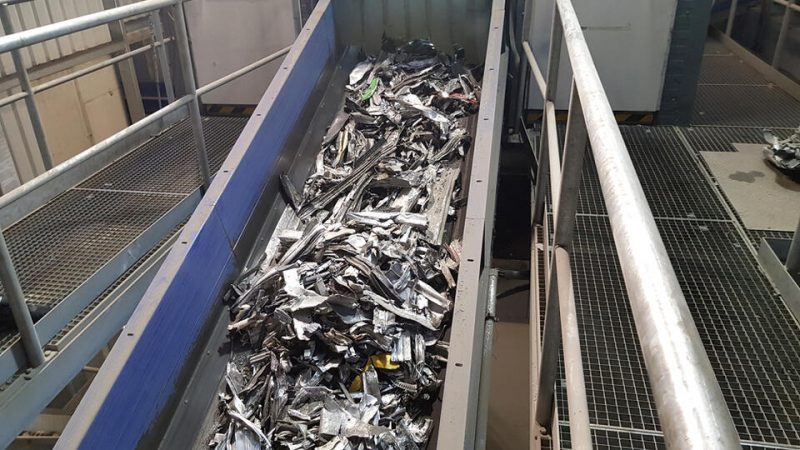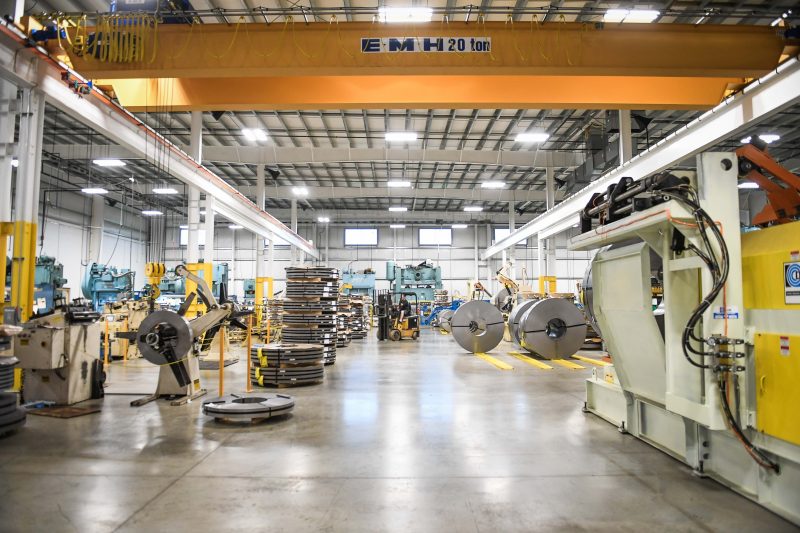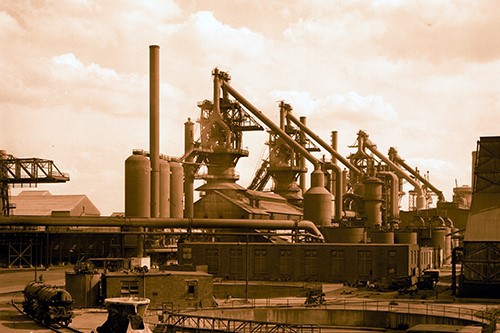
Global Shredder Count Surpasses 1,200 Units
The latest data from the Bureau of International Recycling (BIR) reveals that the number of metal shredding plants worldwide has surpassed 1,200. As of 2025, a total of 1,229 shredders, each powered by motors of 1,000 horsepower or more, are operational globally. These plants are spread across the United States, Europe, Asia, and beyond. There are 322 installations in the U.S. and 267 in the EU and EFTA. Additionally, there are significant installations in China, Japan, and Mexico. The surge in global shredding capacity underscores the growing demand for metal recycling, especially in the automotive and electronics sectors.
Fire Hazards in Shredder Yards: A Growing Concern
During the BIR World Recycling Convention in Valencia, Spain, fire safety in shredder yards emerged as a key issue. According to George Adams of SA Recycling, fires are becoming more frequent. Some facilities experience a blaze every other day. Lithium-ion batteries, often found in discarded electronics and vehicles, have been cited as a significant cause of these fires. To mitigate risks, SA Recycling has adopted a strategy of not stockpiling materials. Instead, they opt to ship them directly to processing units.
Adams also emphasized the importance of preparedness, recommending regular fire drills and ensuring facilities are equipped with sufficient water pressure and storage. He highlighted the potential financial and reputational damages of a fire, which could lead to criminal charges for some companies. These concerns have pushed for improvements in fire safety protocols across the industry.
Advancements in Metal Sorting and Recovery Technologies
Beyond fire safety, the BIR presentations also highlighted key technological advancements in metal sorting. Karl Hoffmann from Steinert GmbH discussed the company’s focus on removing copper from ferrous shred materials. Their SteelMaster system uses magnetic and ballistic forces to separate copper-rich fragments, known as “meatballs,” from the shredded material. This occurs before it reaches steel mills. Similarly, Eriez Magnetics introduced its Shred1 ballistic separator. It operates alongside conveyor belts to efficiently remove high-copper content materials with minimal labor input.
These technological advancements aim to enhance the efficiency of metal recovery processes. They drive better returns for metal recyclers and improve the quality of the output for steel manufacturers.
SuperMetalPrice Commentary:
The increasing number of shredding plants worldwide reflects the growing emphasis on metal recycling. This trend intensifies as demand for sustainable practices in industries like automotive manufacturing intensifies. However, fire safety concerns present a significant challenge for recyclers. This is especially true in facilities handling materials prone to combustion like lithium-ion batteries. The push for advanced sorting technologies, such as those introduced by Steinert and Eriez, signals the industry’s commitment to improving the quality of recycled materials. As the sector evolves, these advancements will play a crucial role in shaping the future of global metal recycling. Moreover, they help reduce the environmental footprint of steel production.











Leave a Reply
You must be logged in to post a comment.